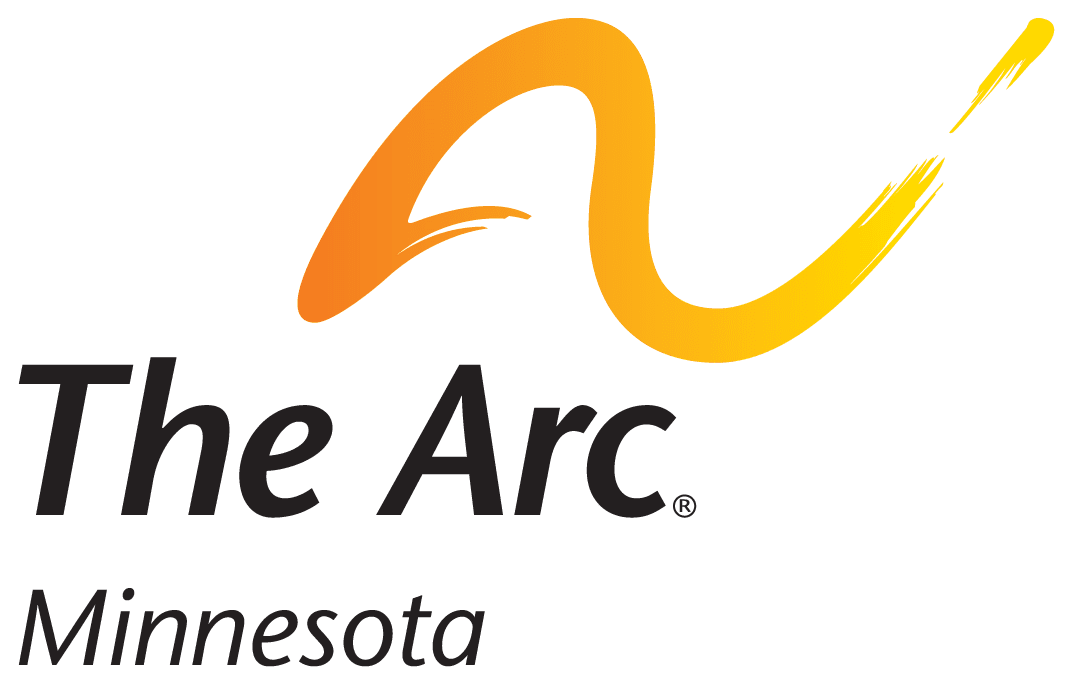Recently we highlighted the #FreeBritney movement and how it neglects the stories of people with disabilities. Since writing that post, actions have been taken to end Britney’s conservatorship. It ended officially in early November 2021 after 13 years. Our team at The Arc Minnesota have also noticed an increase in people who want to end guardianship in the state of Minnesota. Unfortunately, there isn’t much information on how to do that. Most likely, this is because guardianship has been believed to be a lifelong commitment, but the Britney media storm opened the door for all that to change.
If you want to end or change guardianship, here are some guidelines to help you get started.
File a petition
Ending (formally called “terminating”) or changing guardianship or conservatorship requires a court process. This means you would need to file a petition with the court. Anyone can file a petition – the person under guardianship, a family member, a friend, or even the guardian.
You can find the petition forms here: Minnesota Judicial Branch – GetForms (mncourts.gov)
A petition can be submitted at any time. While the Annual Report of Well-Being asks if a guardian is still needed, this may or may not trigger a court process.
Court Hearing
After filing the petition, the court will set a hearing date. Notices have to be sent out to all “interested parties” which means anyone who might have opinions about the case.
At the hearing, if you are wanting to terminate guardianship, you will need to prove that the person under guardianship no longer needs a guardian. One way is to demonstrate that other, less restrictive supported decision making options are a better fit for the person. It may also be helpful to get written documentation from a trusted professional.
Life after Guardianship
Not having a guardian any longer can be a wonderful freedom. It can also come with fear and doubt.
As mentioned in my last post, many people with disabilities have not had opportunities to learn how to make decisions – good or bad. It’s important to remember that we all make bad decisions, and we all must live with the consequences. Unless a consequence will be disastrous or life-altering, it is often an important learning opportunity.
It’s also important to develop the skill of getting support from trusted people in our lives about big decisions, and gathering feedback. Many people who have never been subject to guardianship have been coached out of at least one or two bad decisions by their parents, family members, friends, or partners!
There are options other than guardianship that can grow and change with you if you want a more structured or formalized supported decision making process. Our Arc Guide to Supported Decision Making lists several of these options like power of attorney documents or having an authorized representative. You can also visit the Volunteers of America Center for Excellence in Decision Making for more resources. These more formalized supports aren’t required, and can be useful for those who want the reassurance that they offer.
What happens now?
The Arc Minnesota supports the move to alternative forms of supported decision making, and the termination of unneeded guardianships.
Let’s begin the transition to using releases of information, power of attorney, and health care directives as needed support.
Let’s assume competence of people and the competence of their support circles.
Let’s normalize needing support from our loved ones and our community—support for everyone, not just people with disabilities.
With informed choice and trusted networks of support, people with disabilities can be free to live the lives they want. Let’s continue the revolution.
Staff guest blog written by Victoria Hickenbotham
